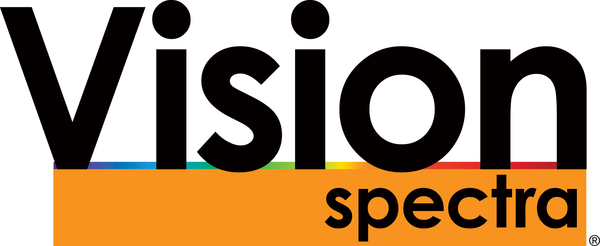Prophesee Introduces 'Inventors Community' to Showcase Customer Innovation
Prophesee has established an “Inventors Community,” showcasing work and innovations being driven by its event-based metavision technologies. The Inventors Community aims to continue to foster this growing event-based vision ecosystem by providing a platform to feature breakthrough developments and inspire future projects, collaborations, and creativity.“We hope that by providing them a platform to showcase their work, they will inspire future inventors, and like the projects here, they can create something new together and reveal the invisible,” said Luca Verre, co-founder and CEO of Prophesee.
The first featured projects of the Inventors Community include:
Cambridge Consultants: Unlocking next-generation cell therapy.
Cambridge Consultants, part of Capgemini Invent, is working to drastically improve the time and cost of quality control in cell therapy manufacturing using Prophesee metavision sensor and AI models to detect, track, and classify contaminants. Its PureSentry system cuts down testing time from weeks to minutes and autonomously checks a new sample for contamination every 18 ms.
Gensight Biologics: Restoring sight to the blind.
Prophesee metavision sensing technologies were used in a light-stimulating medical device (in the form of goggles) combined with gene therapy. Gensight Biologics recently published the first case report of partial recovery of visual function in a blind patient with late-stage retinitis pigmentosa (affecting one in 4000 people born in the U.S. every year), using optogenetic retinal stimulation.
Heriot-Watt University, University of Glasgow, and University of Strathclyde: Detecting and tracking particles at high speed.
Aided by Prophesee’s metavision sensing technologies, researchers at the University of Glasgow, Heriot-Watt University, and the University of Strathclyde have discovered ways to leverage event-based vision’s high-speed particle detection and tracking capabilities to perform high-speed, cost-efficient microfluidic analysis. The team managed to profile particles down to 1 µm and capture data at a time resolution equivalent of 20,000 images per second, leveraging standard fluorescence microscope and lighting.
National University of Singapore: Giving robots a human sense of touch.
Researchers at the Collaborative, Learning, and Adaptive Robots lab and TEE Research Group at National University of Singapore are taking advantage of the benefits of event-based vision, in combination with touch, to give robots a next-generation sense of touch to help them grip and identify objects. The team’s skin sensor reaches speeds 1000× faster than a human’s sensory system, and the system enabled rotational slip detection in 0.08 s.
Western Sydney University: Exploring the skies and tracking space debris.
Astrosite, a world-first neuromorphic-inspired mobile telescope observatory developed by the International Centre for Neuromorphic Systems at Western Sydney University, is using event-based sensing as a more efficient and low-power alternative for space situational awareness to help address the growing issue of space debris. Their system enables continuous day and night high-performance operations at microsecond time resolution while generating 10× to 1000× less data.
LATEST NEWS
- The Winds of Change Are Blowing Through the Photonics Industry May 3, 2024
- PsiQuantum to Build Utility-Scale Quantum Computer in Australia May 3, 2024
- Tyndall, MIT Partner on Sustainable Chip Production Processes: Week in Brief: 5/3/24 May 3, 2024
- Headwall Taps Jim Gareau to Lead Optical Components and Assemblies Unit May 2, 2024
- Cognex Names Former Siemens VP Dennis Fehr CFO May 2, 2024
- 3D Holography Integrated Glasses Could Unlock Mixed Reality May 2, 2024
- Generative AI Achieves Superresolution with Minimal Tuning May 2, 2024
- AmeriCOM Adds President and CEO: People in the News: 5/1/24 May 1, 2024
